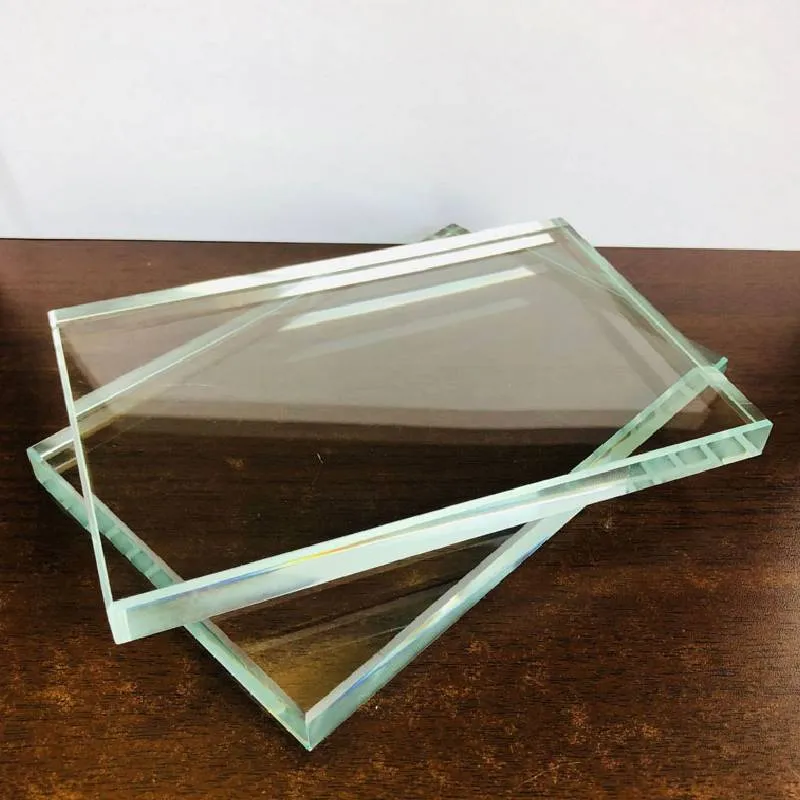The Benefits and Implications of Tinted Glazing in Modern Architecture
In the ever-evolving world of architecture and building design, tinted glazing has emerged as a prominent feature in both commercial and residential settings. This innovative technology involves the application of a colored or shaded film to glass surfaces, which can significantly enhance the aesthetic appeal of structures while providing various functional benefits. In this article, we will explore the advantages of tinted glazing, its applications, and the implications for energy efficiency and occupant comfort.
Understanding Tinted Glazing
Tinted glazing is available in various colors and opacities, depending on the desired effect. The primary purpose of tinting glass is to reduce glare and control solar heat gain. By filtering out certain wavelengths of light, tinted glass allows natural light to enter while blocking harmful UV rays. This not only protects furnishings and artwork from fading but also creates a more comfortable indoor environment.
Energy Efficiency
One of the most significant benefits of tinted glazing is its contribution to energy efficiency. Traditional clear glass allows a considerable amount of solar heat to penetrate buildings, leading to increased cooling costs, particularly in warmer climates. Tinted glass helps mitigate this issue by reflecting a portion of solar radiation—thus reducing the reliance on air conditioning systems and lowering energy consumption. This can have substantial economic benefits, especially for large commercial buildings that operate year-round.
Moreover, the energy savings associated with tinted glazing can contribute to sustainability goals. Reduction in energy use not only decreases operating costs but also lessens the overall carbon footprint of a building. As the global community strives towards more environmentally conscious practices, tinted glazing can play a crucial role in promoting green architecture principles.
Aesthetic Appeal
Beyond energy efficiency, tinted glazing offers significant aesthetic benefits. Architects and designers can utilize tinted glass to create visually stunning facades that enhance the overall design of a building. Different shades can create a dramatic effect, visually distinguish sections of a building, or complement surrounding landscapes. Tinted glazing can also provide a sense of privacy for occupants, as it limits visibility from the outside without entirely obstructing natural light.
tinted glazing
The customization options of tinted glass allow architects to be more creative in their designs. By using various tint levels and combinations, they can achieve unique looks and functional results that align with the vision for the project. This adaptability makes tinted glazing a favored choice for modern architecture.
Health and Comfort
Occupants’ health and comfort are paramount in any building design. Tinted glazing can significantly improve indoor environmental quality by reducing glare, which can be a major distraction in work or living spaces. Excessive sunlight can lead to eye strain and fatigue, but with tinted glass, the light is diffused, creating a more pleasant atmosphere.
Additionally, the ability of tinted glass to block harmful UV rays is beneficial for both residents and furniture. Prolonged exposure to UV radiation can lead to skin damage and can fade fabrics and finishes. By minimizing this exposure, tinted glazing adds a layer of protection to interiors, enhancing the longevity of decor and protecting occupants' health.
Potential Drawbacks
Despite its many advantages, it’s important to consider potential drawbacks of tinted glazing. In certain situations, tinted glass can darken spaces too much, requiring additional artificial lighting. Additionally, in colder climates, the reduced sunlight can result in higher heating costs if not properly balanced. As with any architectural feature, it's essential to weigh the pros and cons based on the specific needs of a project.
Conclusion
Tinted glazing represents a remarkable intersection of style, functionality, and sustainability in modern architecture. With its capacity to enhance aesthetic appeal, improve energy efficiency, and contribute to occupant comfort, tinted glass is becoming an increasingly popular choice for architects and builders alike. As we continue to seek smarter solutions to design challenges, tinted glazing is poised to play a vital role in the future of architectural innovation. Whether adorning a sleek commercial building or enhancing a cozy home, the implications of tinted glazing are profound and far-reaching, paving the way for a sustainable architectural paradigm.
 Afrikaans
Afrikaans  Albanian
Albanian  Amharic
Amharic  Arabic
Arabic  Armenian
Armenian  Azerbaijani
Azerbaijani  Basque
Basque  Belarusian
Belarusian  Bengali
Bengali  Bosnian
Bosnian  Bulgarian
Bulgarian  Catalan
Catalan  Cebuano
Cebuano  Corsican
Corsican  Croatian
Croatian  Czech
Czech  Danish
Danish  Dutch
Dutch  English
English  Esperanto
Esperanto  Estonian
Estonian  Finnish
Finnish  French
French  Frisian
Frisian  Galician
Galician  Georgian
Georgian  German
German  Greek
Greek  Gujarati
Gujarati  Haitian Creole
Haitian Creole  hausa
hausa  hawaiian
hawaiian  Hebrew
Hebrew  Hindi
Hindi  Miao
Miao  Hungarian
Hungarian  Icelandic
Icelandic  igbo
igbo  Indonesian
Indonesian  irish
irish  Italian
Italian  Japanese
Japanese  Javanese
Javanese  Kannada
Kannada  kazakh
kazakh  Khmer
Khmer  Rwandese
Rwandese  Korean
Korean  Kurdish
Kurdish  Kyrgyz
Kyrgyz  Lao
Lao  Latin
Latin  Latvian
Latvian  Lithuanian
Lithuanian  Luxembourgish
Luxembourgish  Macedonian
Macedonian  Malgashi
Malgashi  Malay
Malay  Malayalam
Malayalam  Maltese
Maltese  Maori
Maori  Marathi
Marathi  Mongolian
Mongolian  Myanmar
Myanmar  Nepali
Nepali  Norwegian
Norwegian  Norwegian
Norwegian  Occitan
Occitan  Pashto
Pashto  Persian
Persian  Polish
Polish  Portuguese
Portuguese  Punjabi
Punjabi  Romanian
Romanian  Russian
Russian  Samoan
Samoan  Scottish Gaelic
Scottish Gaelic  Serbian
Serbian  Sesotho
Sesotho  Shona
Shona  Sindhi
Sindhi  Sinhala
Sinhala  Slovak
Slovak  Slovenian
Slovenian  Somali
Somali  Spanish
Spanish  Sundanese
Sundanese  Swahili
Swahili  Swedish
Swedish  Tagalog
Tagalog  Tajik
Tajik  Tamil
Tamil  Tatar
Tatar  Telugu
Telugu  Thai
Thai  Turkish
Turkish  Turkmen
Turkmen  Ukrainian
Ukrainian  Urdu
Urdu  Uighur
Uighur  Uzbek
Uzbek  Vietnamese
Vietnamese  Welsh
Welsh  Bantu
Bantu  Yiddish
Yiddish  Yoruba
Yoruba  Zulu
Zulu 

